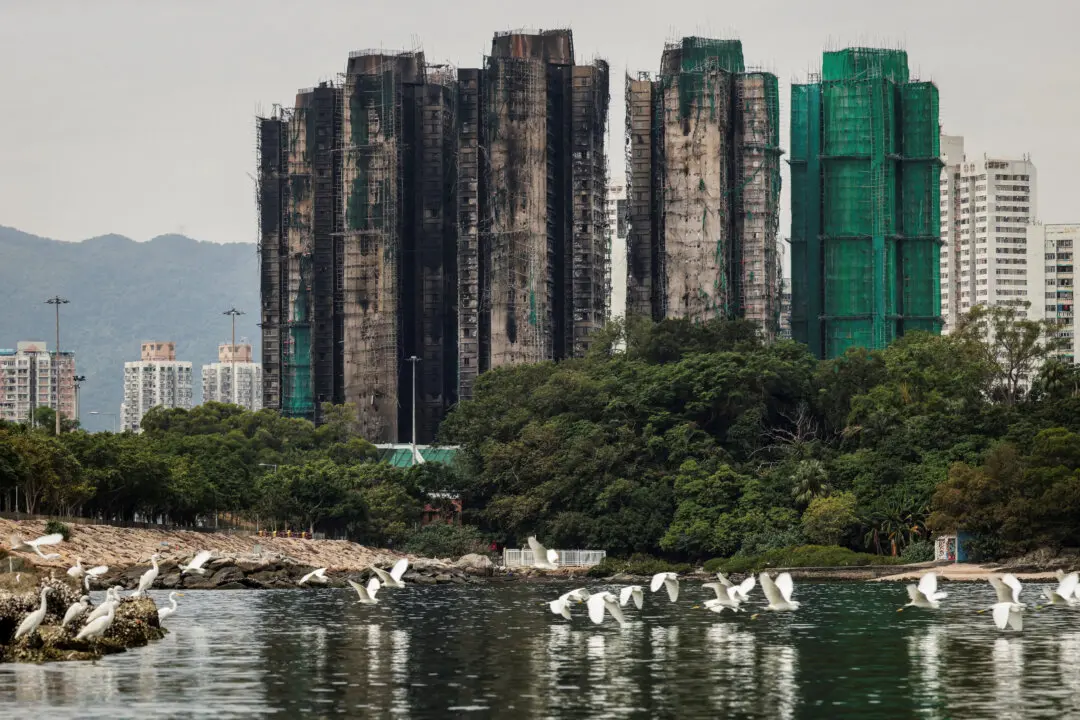The Liverpool City Region will the first area to move down to Tier 2 in England’s new three-tiered CCP virus alert system, according to the government’s newly published list of local restriction tiers by area.
Health Secretary Matt Hancock attributed the result to residents following restriction rules and the recent mass-testing pilot in Liverpool.





